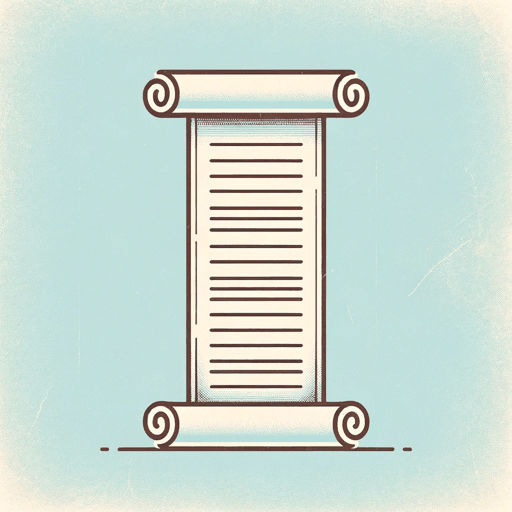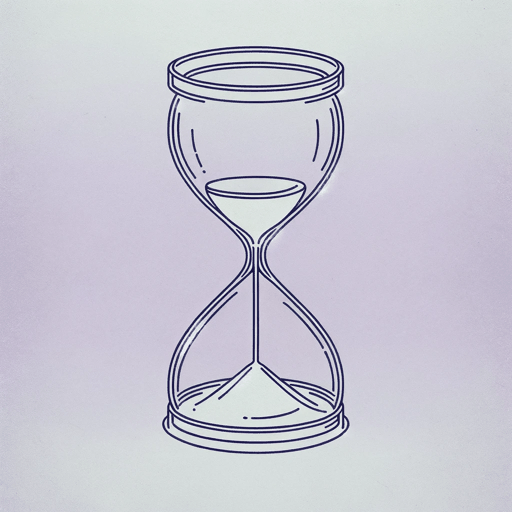32 pages • 1 hour read
SenecaOedipus
Fiction | Play | Adult | Published in 60A modern alternative to SparkNotes and CliffsNotes, SuperSummary offers high-quality Study Guides with detailed chapter summaries and analysis of major themes, characters, and more.
Symbols & Motifs
Seeing and Blindness
The motif of seeing and blindness recurs throughout the play to illustrate a character’s access to knowledge. Oedipus’s ignorance surrounding his role in the prophecy and the suffering of the city often leads to Oedipus as being described as blind. Despite his physical blindness, the prophet Tiresias sees the truth. During Tiresias’s sacrifice, many of the signs describe blindness in connection to Oedipus. Oedipus’s self-selected punishment for his metaphorical blindness is to physically blind himself, representing his failure to see the truth.
The Plague
The plague functions as a symbol of Oedipus’s sin. Oedipus makes this connection at the beginning of the play, describing how fate uses the plague to punish him for an unknown sin, as no one could “expect sin like [his] to receive / A healthy realm” (I.35-36). As he is a king, the plague is a particularly effective punishment because it makes him appear to be a bad king, bringing ruin to his people. In addition, the plague only affects the common people and leaves Oedipus and the ruling class unaffected, illustrating how the common people often suffer because of the choices of those in power. The chorus emphasizes this idea at the end of Act I, describing their suffering in great detail.
Related Titles
By Seneca






